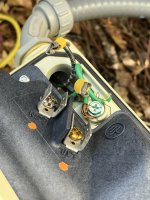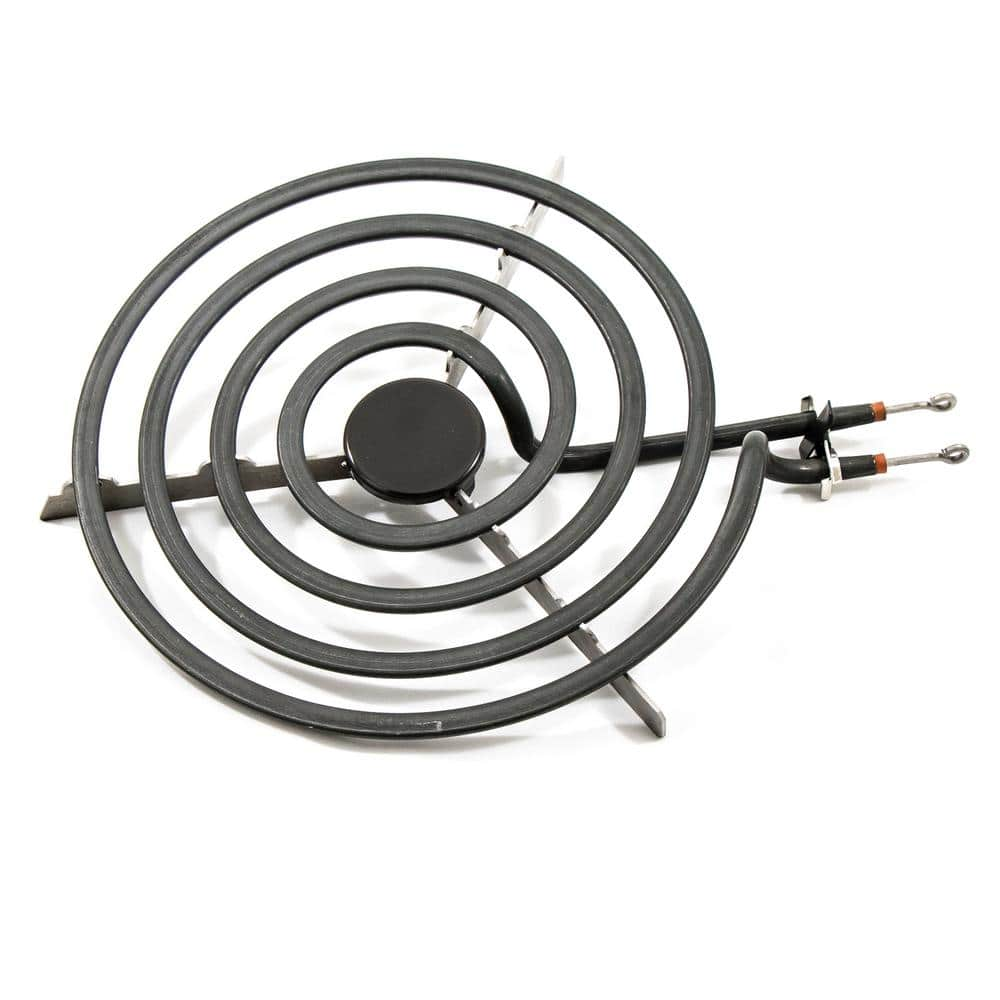Here is the mystery: My Pentair Superflow shows a dead panel. If I disconnect the hot wires from the pump, the voltage across them is 220 V, one hot lead has 120V to ground,
the other 100 V to ground. (due to some imperfect connections from the main panel to the pump).
However if the wires are connected to the pump the voltage across them is 0 V!!, but both have now 120V to ground!
Any help is highly appreciated.
the other 100 V to ground. (due to some imperfect connections from the main panel to the pump).
However if the wires are connected to the pump the voltage across them is 0 V!!, but both have now 120V to ground!
Any help is highly appreciated.




